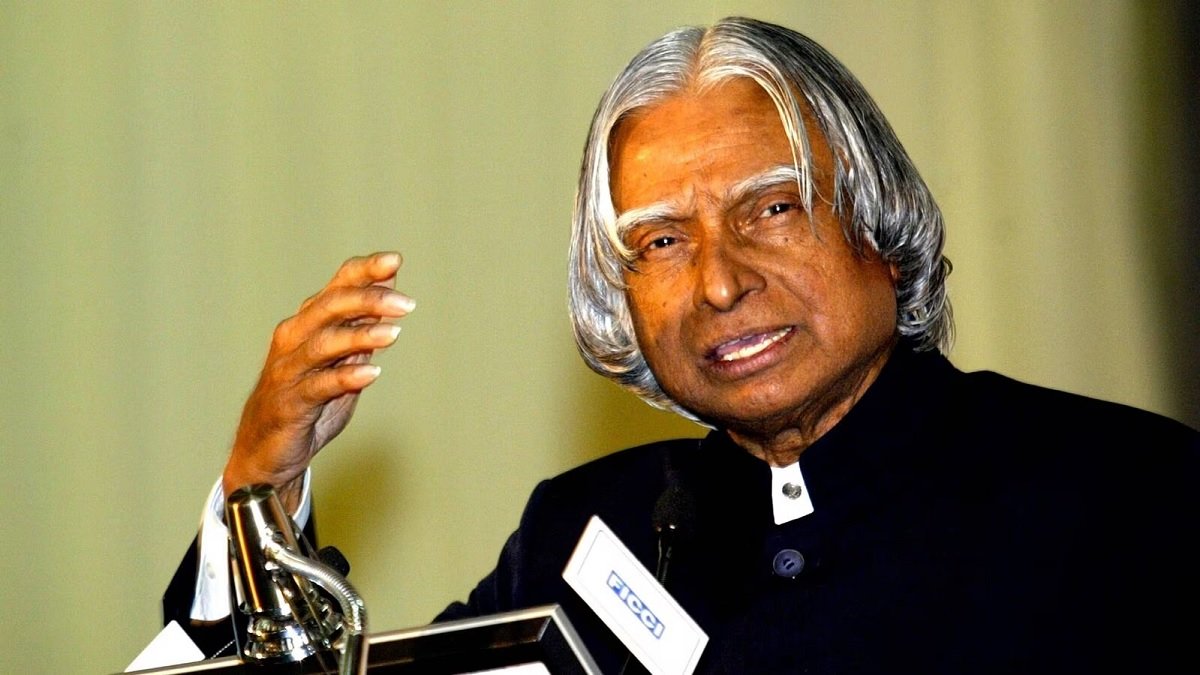The Bahá’í Faith, a relatively modern religious movement that originated in the mid-19th century, is characterized by its profound emphasis on principles such as unity, peace, and the harmony of science and religion. Central to the dissemination of these teachings are the lives and works of its leaders, most notably ʻAbdu’l-Bahá, the son of the founder, Bahá’u’lláh. His visits across the globe, including moments spent with notable figures, significantly contributed to the growth and understanding of Bahá’í principles.
One such pivotal interaction was ʻAbdu’l-Bahá’s visit to Phoebe Hearst, a recognized philanthropist and an essential figure in the promotion of education and social welfare in the early 20th century. This engagement provided a unique lens through which to explore the interplay of Bahá’í teachings and the socio-cultural context of America during that period. Understanding this intersection is crucial for comprehending how the Bahá’í Faith sought to embed itself within a diverse and dynamic societal framework.
The historical backdrop of ʻAbdu’l-Bahá’s visit is set against the tapestry of early 1900s America—a country wrestling with issues of social justice, economic disparity, and evolving gender roles. Phoebe Hearst emerged as a formidable presence, advocating for reforms through her efforts in education and the arts. Her philanthropic endeavors were not merely altruistic endeavors; they were also reflections of a broader societal shift towards recognizing the importance of women’s contributions and rights.
When ʻAbdu’l-Bahá visited Phoebe Hearst in 1912, he was not simply extending a courtesy; he was engaging with a mind similarly attuned to social improvement and spiritual progress. This meeting is illustrative of the Bahá’í principle of consulting with and learning from individuals who are dedicated to the betterment of humanity, irrespective of their background or beliefs. The conversation that ensued between ʻAbdu’l-Bahá and Hearst was pivotal in illustrating how Bahá’í principles could intersect with existing social movements aimed at fostering equity and justice.
During their discussion, ‘Abdu’l-Bahá articulated several of the core doctrines of the Bahá’í Faith, emphasizing the importance of unity in diversity and the concept of the oneness of humanity. This teaching posits that all human beings, regardless of race, nationality, or class, are part of a singular family. By engaging with Hearst, who was deeply involved in promoting equality and social welfare, ʻAbdu’l-Bahá was not merely disseminating his teachings; he was also reinforcing mutual advocacy for social reform and human dignity. This was a significant manifestation of the Bahá’í ideal of engaging with progressive thought leaders to advance shared humanitarian goals.
The interactions between ʻAbdu’l-Bahá and Hearst also provide insight into the evolving role of women in society, a topic of increasing importance during this era. The Bahá’í Faith espouses a radical view on gender equality, advocating for the full participation of women in all aspects of life, including education and leadership. Phoebe Hearst, being an ardent supporter of educational initiatives for women, would have resonated strongly with these teachings. Through this lens, their dialogue may be viewed as a confluence of ideas—a meeting of a spiritual leader’s vision and a practical social reformer’s aspirations. The mutual respect that developed in their conversations underlines the Bahá’í view that communication between influential individuals can cultivate environments conducive to progressive change.
The impact of ʻAbdu’l-Bahá’s visit transcended a mere exchange of ideas. It catalyzed an inspiration among the American Bahá’í community to take active roles in promoting social justice and community enhancement. In the years that followed, the engagement at Hearst’s residence served as a model for Bahá’ís to further their community-building efforts, often echoing Hearst’s philanthropic principles. This is reflected in numerous endeavors encouraging education, scientific development, and the arts, all of which align with the ideals espoused by ʻAbdu’l-Bahá.
Broader insights emerge when considering the implications of this interaction within the context of the Bahá’í emphasis on consultation, collaboration, and partnership across different cultural and ideological lines. The Bahá’í Faith’s teachings encourage followers to engage with the complexities of contemporary challenges actively. This meeting exemplifies how religious and spiritual leaders can transcend the confines of their beliefs to create alliances that promote societal advancement, thereby embodying the innovative spirit fundamental to Bahá’í principles.
Furthermore, the legacy of ʻAbdu’l-Bahá’s visit to Phoebe Hearst resonates in contemporary discourse, encouraging discussions on interfaith dialogue, social justice, and community service. Modern followers of the Bahá’í Faith continue to engage with diverse groups to address pressing global issues, reflecting the ideals established during these early encounters. The dynamism of this historical meeting advocates an understanding that spirituality and active social responsibility can and should coexist harmoniously.
In conclusion, the visit of ʻAbdu’l-Bahá to Phoebe Hearst not only illustrates a significant moment in the early 20th-century quest for social reform but also presents a compelling example of how spiritual leaders can inspire action towards the betterment of society. It exemplifies the ethos of the Bahá’í Faith that values cooperation, understanding, and the pursuit of justice. As such, this event serves as a cornerstone for comprehending the ongoing efforts of Bahá’ís today, who strive to fulfill these principles within their communities and beyond.
